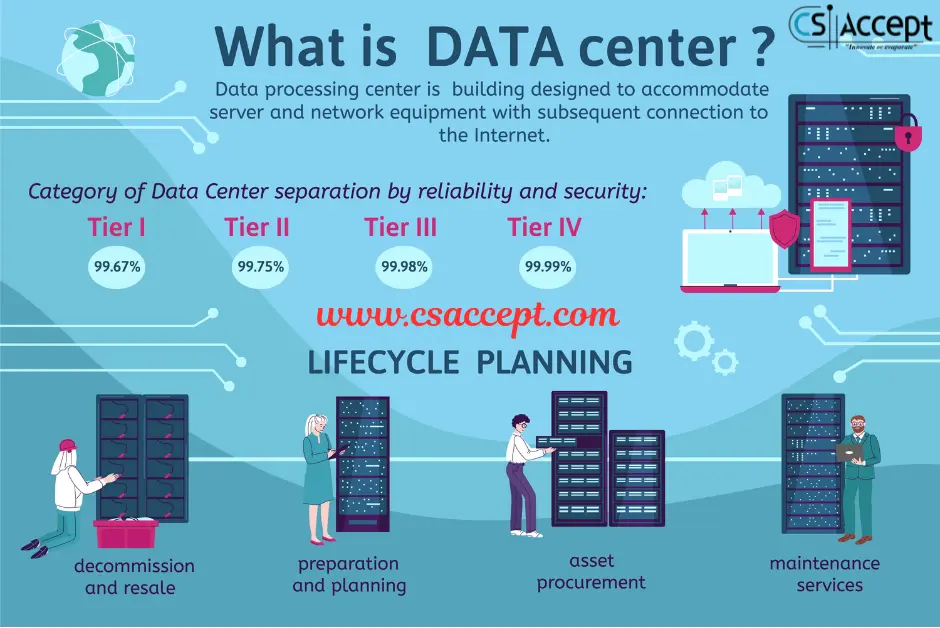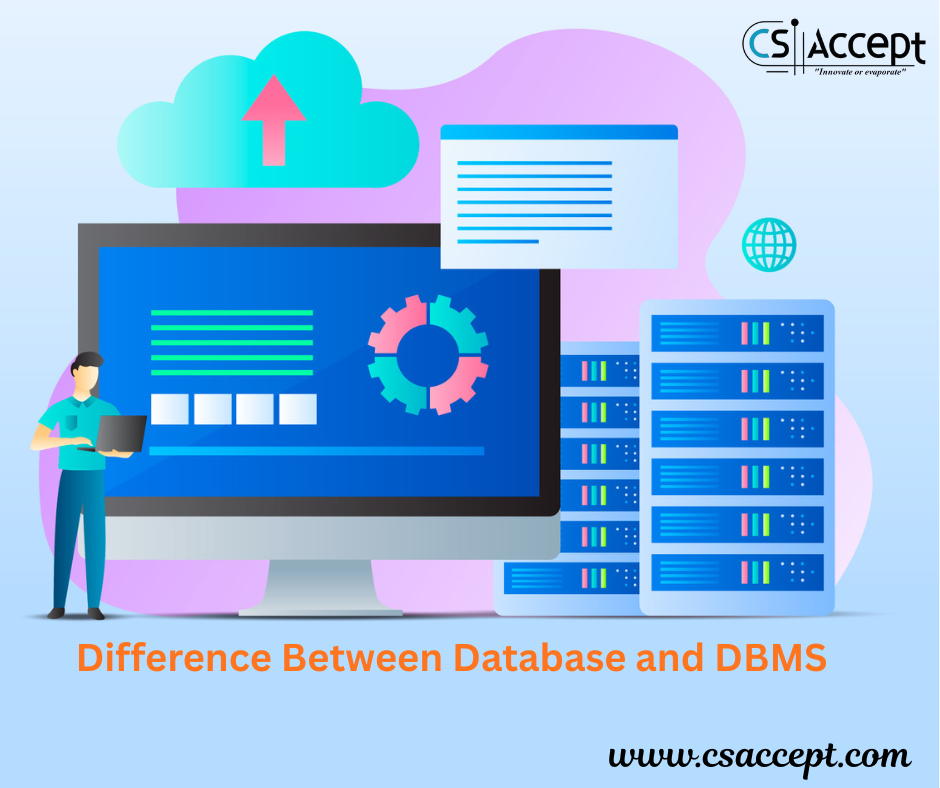
1. GitHub Copilot
- What it does: AI autocompletion, multi-language support, test generation, documentation. Now supports multiple LLM models like GPT‑4o and Claude Sonnet across IDEs (Cloud Vella, Wikipedia).
- Use case example: Used at scale in companies like Robinhood, where nearly 100 % of engineers adopt Copilot and around half the code is AI-generated (Business Insider).
- Best for: Enterprise and full-stack developers needing seamless GitHub integration and real-time coding aid.
2. Cursor (AI-native IDE)
- What it does: Full AI-powered IDE with natural-language-to-code, intelligent refactoring, project-wide context awareness, and agent-mode for multistep workflows (EngineerWith, Medium).
- Use case example: Engineers at Perplexity AI accelerated development from days to hours by using Cursor along with Copilot (Business Insider).
- Best for: Developers wanting an integrated agentic environment, deep codebase understanding, and workflow automation.
3. Tabnine
- What it does: Privacy-first AI autocomplete and chat assistant supporting ~80 languages and multiple IDEs; ideal for secure, enterprise settings (EngineerWith, Kite Metric).
- Use case example: Widely used by teams needing compliance and uniform code conventions, enabling user-specific suggestions and offline support.
4. Codeium / Windsurf
- What it does: Free or low-cost alternative to Copilot offering privacy-first models and autocompletion. Windsurf expands with agentic features for multistep edits and CI‑style modifications (Honey Marketing, Reddit).
- Best for: Indie developers or organizations avoiding licensing risks and preferring open-source or on-prem solutions.
5. Qodo (formerly CodiumAI)
- What it does: Platform for code generation, automated testing (TestGPT), smart code reviews (PR-Agent), and code integrity enforcement (abishekb.com, Wikipedia).
- Use case example: Helps automatically generate unit tests, perform review summaries, and enforce test coverage as part of CI/CD workflows.
- Best for: Teams emphasizing quality-first development and robust testing frameworks.
6. Amazon CodeWhisperer
- What it does: AWS‑integrated assistant that suggests cloud-optimized code, automatically highlights security issues, and helps with IAM policy generation (ai-dev-talks.blogspot.com).
- Best for: Developers building infrastructure or applications on AWS with a security-first mindset.
7. Replit Ghostwriter
- What it does: Browser-based IDE with live coding assistance, real-time collaboration, and agentic capabilities starting from natural language prompts (EngineerWith).
- Best for: Education, prototyping, and teams building apps fast in collaborative web environments.
8. OpenAI ChatGPT Agent & Code Interpreter
- What it does: ChatGPT Agents can browse, run code, access tools like Excel/PPT and APIs. Code Interpreter enables test generation, debugging, and architectural suggestions (WIRED).
- Use case example: A Pro or Team user can ask ChatGPT Agent to analyze data from Google Drive, prepare a report, or automate web form filling.
- Best for: Developers or teams wanting ad‑hoc automation, technical research, debugging, or integrations across services.
9. Emerging Tools
- CodingGenie: A proactive, LLM-powered assistant that offers real-time suggestions based on context without explicit prompts (WIRED, arXiv).
- Sourcegraph Cody: Offers deep repository-wide search and code assistance across functions and files (abishekb.com).
- MutableAI, AskCodi, DeepCode/Snyk, Sourcery, AutoGPT: Tools for rapid prototyping, refactoring, documentation, security scanning, regex generation, and autonomous workflows (agilitypad.com).
Real-World Impact: How These Tools Are Changing Development
- Boosted productivity: Teams at Perplexity and Robinhood are reporting huge time savings—prototype builds went from days to hours, with nearly all new code AI‑generated (Business Insider).
- Shift to agentic workflows: Tools like Cursor, AWS Kiro IDE, and ChatGPT Agent allow AI to manage multistep tasks—from planning to deployment—under human supervision (TechRadar).
- Enterprise adoption: Microsoft’s Copilot is evolving into a full task-performing AI peer with Azure integrations; Amazon and Google also heavily investing in tools like CodeWhisperer and Windsurf-related tech (Business Insider).
Quick Comparison Table
| Tool | Focus | Strengths | Ideal Use Case |
|---|---|---|---|
| GitHub Copilot | Code completion & generation | Multi‑model, strong GitHub integration | Full-stack dev, enterprise workflows |
| Cursor | AI-native project-wide IDE | Agentic tasks, codebase awareness | Development sprints and agentic workflows |
| Tabnine | Privacy-first autocomplete | Offline/enterprise mode, team custom | Secure coding, standardized style |
| Codeium/Windsurf | Free AI coding and agentic environment | Open-source, low cost | Indie projects, privacy-sensitive use |
| Qodo | Test & review automation | Built-in testing & review agents | High quality, CI/CD-focused environments |
| CodeWhisperer | AWS‑centric AI code assistant | Security scanning, AWS API integration | Cloud-native, DevOps & infrastructure dev |
| Replit Ghostwriter | Browser-based collaborative coding | Live coding + agents | Education, prototyping, remote collaborations |
| ChatGPT Agent | Cross-tool interface & automation | Web, file, API tool access | Task automation, debugging, analysis |
| CodingGenie, etc. | Proactive suggestion & refactoring tools | Context-aware, task suggestions | Emerging workflows, refactoring, advice |







